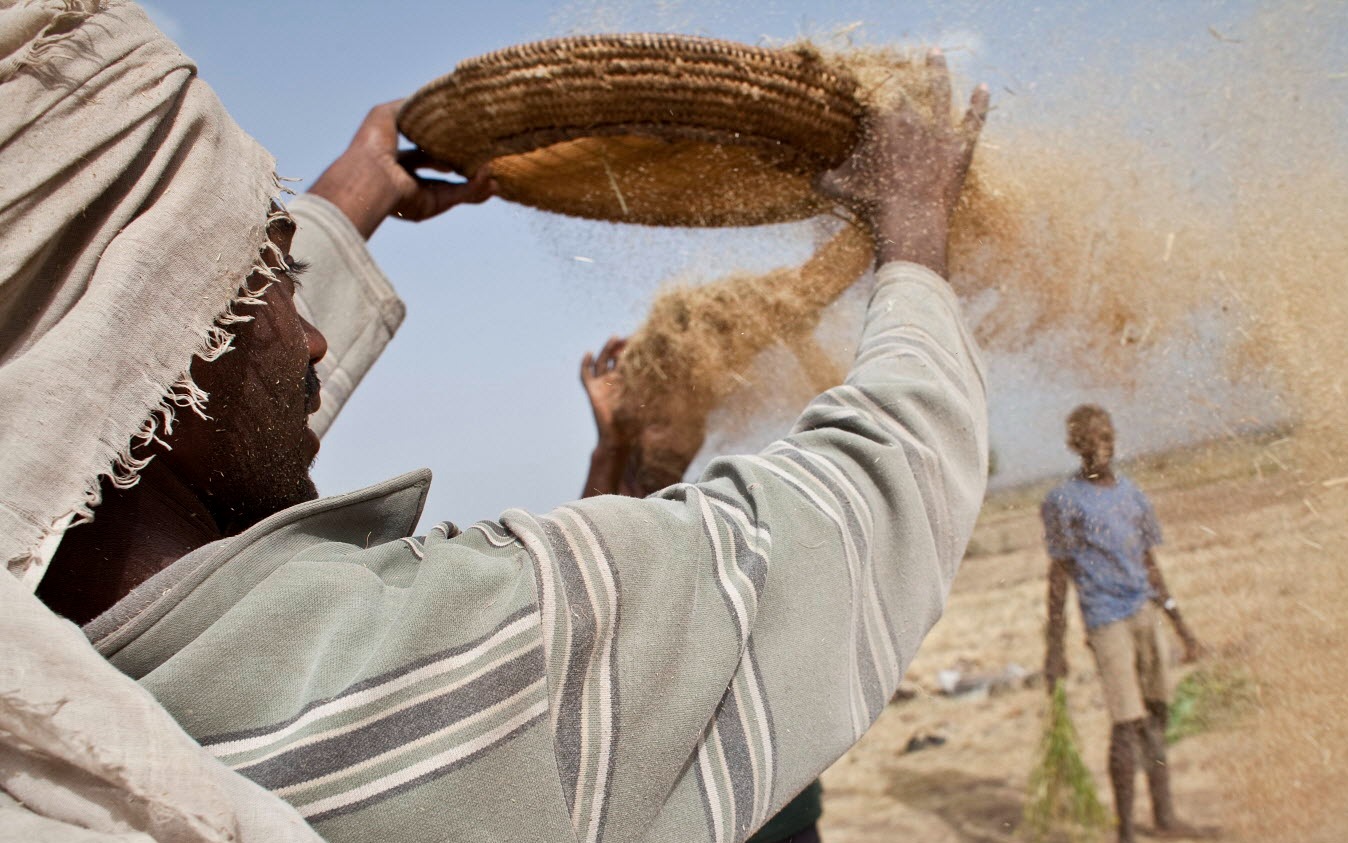| Activities |
FAO was responsible for implementing the project in four drought-affected woredas of Oromiya Region. Through the project, FAO aimed to assist 14 838 households by distributing 31.8 tonnes of teff, 20.9 tonnes of haricot bean, 198.5 tonnes of wheat and 20.8 tonnes of chickpea seeds. Main project activities: - consultative meetings;
- targeting beneficiary households;
- procurement and distribution of seeds; and
- training on conservation
agriculture and post-harvest handling to mitigate future similar drought crises.
|
| More on this topic |
Challenges and lessons learned Although the project was largely successful, some difficulties were encountered, as follows: - In June 2008, the Liben woreda split in two, making Gorodolla a new woreda and raising the
number of woredas covered by the project to five. The project team responded well to this
challenge and, because some of the target kebeles were under the new woreda, provided
orientation and briefings to the new Woreda Agriculture and Rural Development Office,
including development agents and concerned local government agencies.
- Owing to disease and the release of superior varieties, both varieties of wheat seeds preferred by
the Woreda Pastoral Areas Development Office in Liben were no longer produced. The hawi
and dodota varieties were also not available for the second season. Therefore, another variety,
HAR 1685, was distributed.
- Wheat supplied to Merti woreda was delivered too late for Meher planting and distribution was,
therefore, postponed to the next Meher cropping season.
- Poor information collection, documentation and reporting of the partners were observed during
the implementation. This made it difficult to follow the progress of the project and take timely
corrective actions.
The main lessons learned were as follows: - There is a need for a detailed agroecological study and careful selection of crop types and
varieties. Once seed assistance is requested by the Federal Ministry of Agriculture and Rural
Development or Regional Bureau of Agriculture and Rural
Development (BoARD), FAO should be able to send its own agronomist to the
concerned woredas to verify the crop types and varieties adapted to the area.
- If there is no sufficient gap between securing emergency funds and the planting season, projects
should focus on early maturing and late planted crops such as teff and chickpeas.
|

